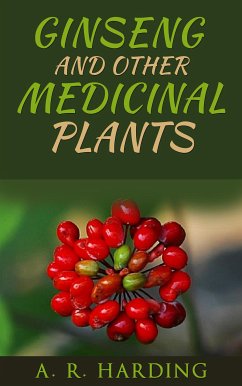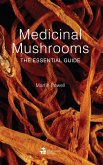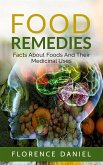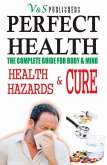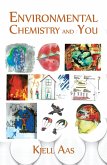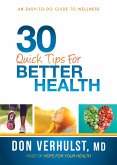When the price of Ginseng advanced some years ago hundreds engaged in the business who knew little or nothing of farming, plant raising and horticulture. That they largely failed is not to be wondered at. Later many began in a small way and succeeded. Many of these were farmers and gardeners. Others were men who had hunted, trapped and gathered "seng" from boyhood. They therefore knew something of the peculiarities of Ginseng.
It is from the experience of these men that this work is largely made up--writings of those who are in the business.
Golden seal is also attracting considerable attention owing to the rapid increase in price during the early years of the present century. The growing of this plant is given careful attention also.
Many other plants are destined to soon become valuable. A work gotten out by the government--American root drugs--contains a great deal of value in regard habits, range, description, common names, price, uses, etc., etc., so that some of the information contained in this book is taken therefrom. The prices named in the government bulletin which was issued in 1907 were those prevailing at that time--they will vary, in the future, largely according to the supply and demand.
The greatest revenue derived from plants for medicinal purposes is derived from the roots, yet there are certain ones where the leavesand bark are used. Therefore to be complete some space is given to these plants. The digging of the roots, of course, destroys the plantas well as does the peeling of the bark, while leaves secured is clear gain--in other words, if gathered when maturedthe plant or shrub is not injured and will produce leaves each year.
The amount of root drugs used for medicinal purposes will increase as the medical profession is using of them more and more. Again the number of people in the world is rapidly increasingwhile the forests (the natural home of root drugs) are becoming less each year. This shows that growers of medicinal roots will find a larger market in the future than in the past.
Those who know something of medicinal plants--"Root Drugs"--can safely embark in their cultivation, for while prices may ease off--go lower--at times, it is reasonably certain that the general trend will be upward as the supply growing wild is rapidly becoming less each year.
It is from the experience of these men that this work is largely made up--writings of those who are in the business.
Golden seal is also attracting considerable attention owing to the rapid increase in price during the early years of the present century. The growing of this plant is given careful attention also.
Many other plants are destined to soon become valuable. A work gotten out by the government--American root drugs--contains a great deal of value in regard habits, range, description, common names, price, uses, etc., etc., so that some of the information contained in this book is taken therefrom. The prices named in the government bulletin which was issued in 1907 were those prevailing at that time--they will vary, in the future, largely according to the supply and demand.
The greatest revenue derived from plants for medicinal purposes is derived from the roots, yet there are certain ones where the leavesand bark are used. Therefore to be complete some space is given to these plants. The digging of the roots, of course, destroys the plantas well as does the peeling of the bark, while leaves secured is clear gain--in other words, if gathered when maturedthe plant or shrub is not injured and will produce leaves each year.
The amount of root drugs used for medicinal purposes will increase as the medical profession is using of them more and more. Again the number of people in the world is rapidly increasingwhile the forests (the natural home of root drugs) are becoming less each year. This shows that growers of medicinal roots will find a larger market in the future than in the past.
Those who know something of medicinal plants--"Root Drugs"--can safely embark in their cultivation, for while prices may ease off--go lower--at times, it is reasonably certain that the general trend will be upward as the supply growing wild is rapidly becoming less each year.

